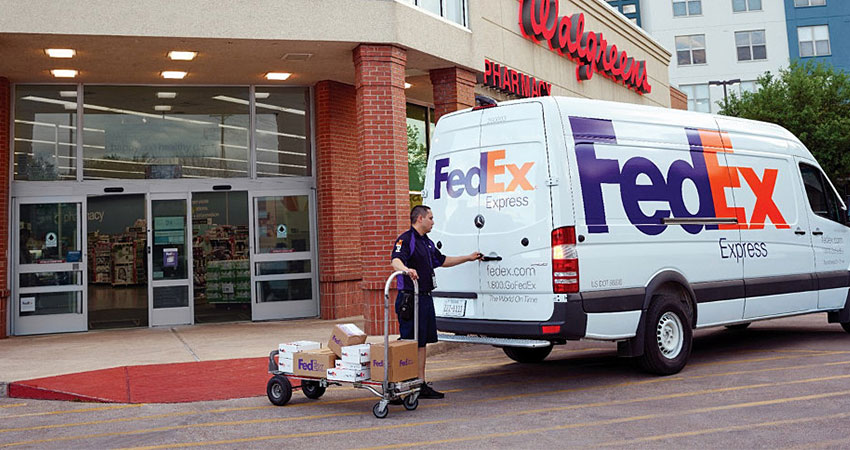FedEx surprised to the upside on its fourth quarter earnings report, its laser focus on and investment in ecommerce capabilities in recent years paying off in terms of responsiveness to massive online buying, even as service stumbles were reported in a couple states.
The major carrier also seemed none the worse for having parted ways with Amazon in 2019 to focus on more profitable relationships with other retail and ecommerce customers.
FedEx reported $17.4 billion in revenue in Q4, down from $17.8 billion in 2019, while net income was an adjusted $663 million or $2.53 per share, less than half of 2019’s $1.32 billion. But analysts had been calling for earnings of $1.58 per share on revenue of $16.4 billion.
“Surging ecommerce sales from our large customers drove significant FedEx volume in Q4 and a sizable mix shift from commercial B2B to home delivery/B2C volume,” said Brie Carere, EVP and chief marketing and communications officer for FedEx on a call with analysts. “In Q4, FedEx total U.S. domestic residential volume was 72% vs. 56% a year ago. Since the end of April, however, we have seen week-over-week growth in our business-to-business segment.”
Carere said the temporary peak residential surcharges that FedEx initiated in June, about two weeks after UPS, affected “a small number of our largest customers” with surging volume.
“We are also working closely with our largest ecommerce customers to establish peak plans which include differentiated residential surcharges for the month of November and December,” he said. “These peak surcharges will help us manage increased demand while maintaining strong level of service for our entire base of customers.”
Raj Subramaniam, president and COO of FedEx, said the company took a number of steps to maximize capacity in FedEx Ground as ecommerce demand surged. These included seven-day operations starting this year, repurposing SmartPost facilities for small or large package sortation, adding regional sort centers to service key markets, investing in last-mile optimization technology, tapping FedEx Freight Direct for larger item deliveries and diverting SmartPost volume from the U.S. Postal Service into Ground to increase delivery density and improve yields.
“The flexibility and automation of the FedEx Ground network made it possible to quickly react to challenges faced by ecommerce shippers due to inventory imbalances and increase in fulfillment from store,” Subramaniam said. He added for example that FedEx Freight provided more than 1 million miles of road and intermodal support for ground since late April, delivering about 270,000 large packages.
Subramanim said another optimization move involved shifting some FedEx Express residential and rural packages into the ground network, launched in 26 origin markets earlier this year, with seven more being added this month. “These are just a few ways we are adapting, adjusting, and utilizing different elements of our network to increase efficiency and collaboration,” he said.
Responding to a question, FedEx CFO Alan Graf said improved delivery density from the ongoing shift of volume from SmartPost into Ground, along with surge pricing and route optimization, have already led to improved margins and yield per package.
“I don’t know anybody’s making margins in ground like we are, not even close,” Graf said. “We’re operating wide open, full throttle, seven days a week at max peak capacity. When you do that, you incur a lot of cost until you can get your feet on the ground, because it came on upon us so rapidly. So, there’ll be a period of time when we continue to catch up with our sorting facilities and our capabilities and our independent service providers get their feet under them on a more consistent basis.”

